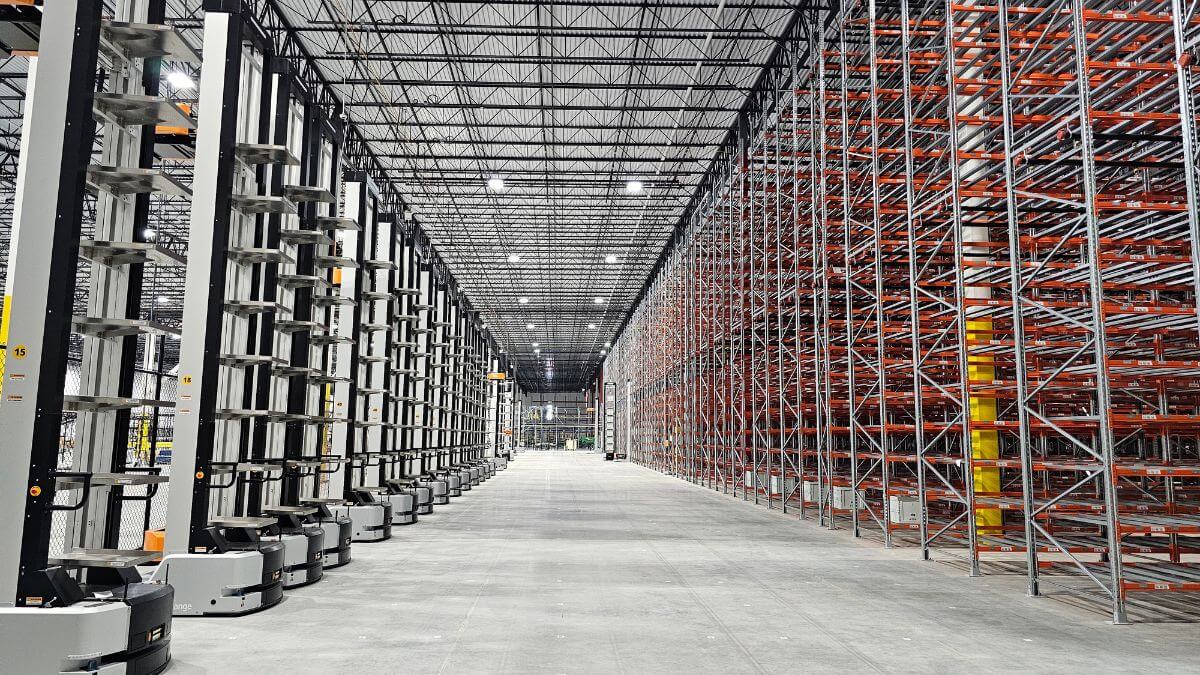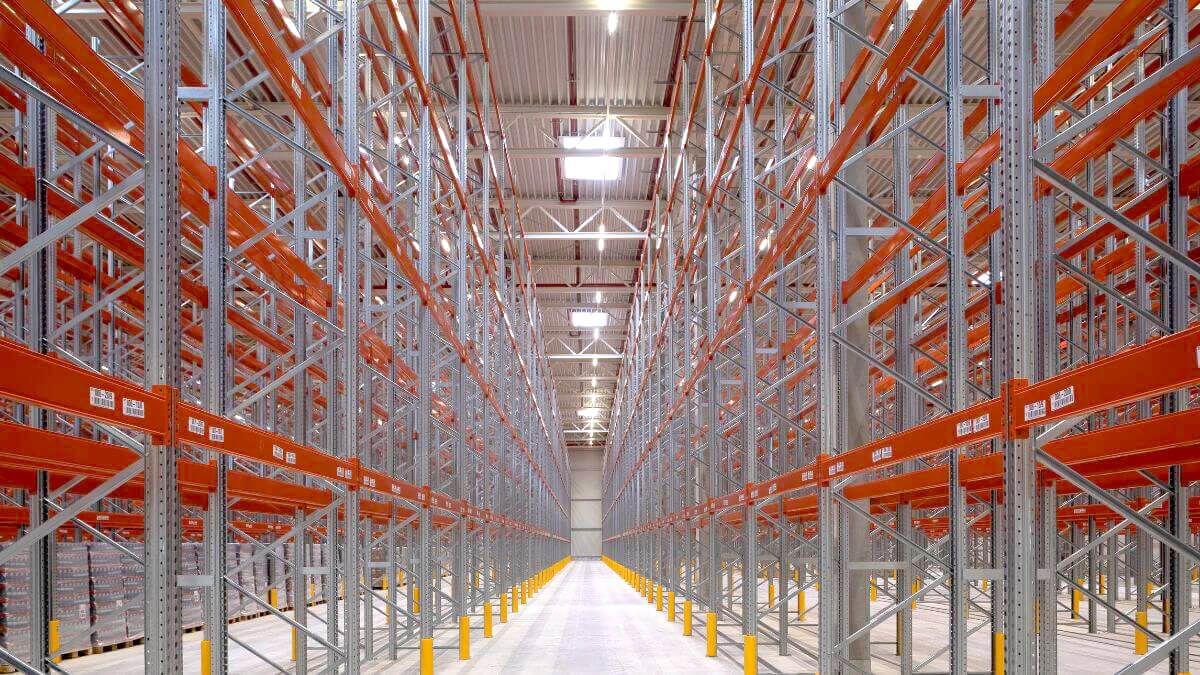The industrial storage and logistics process of perishable products and food must comply with very strict specific characteristics to ensure their correct preservation throughout the supply chain. These characteristics make it a complex type of product in terms of logistics management.
Firstly, perishable products are those which because of their characteristics and physical composition are likely to expire or spoil quickly and lose their original properties due to external factors such as humidity, temperature, or atmospheric pressure.
Many foods are perishable products such as dairy products, oils, all types of meat and sausages, fish and shellfish, fruit, vegetables, juices, and prepared foods. Outside of food, fresh flowers and plants are also considered perishable products.
Another range of foods that only require good air and humidity quality are considered semi-perishable products; these include nuts, tubers and some vegetables.
In addition, some chemical materials, medical and pharmaceutical products and natural resins are also perishable products.
Logistical characteristics of perishable products
Susceptibility to spoilage is the main characteristic of perishable products and foods and will be defined by its logistics process.
Both foods and many of the perishable chemical or pharmaceutical products are produced for final use or consumption by people. Hence the importance of preventing a spoilage of the product, which can lead to economic losses, damage to health and user confidence.
These perishable products consist of degradable natural compounds that come from living beings, and therefore from a composition based on water, proteins, carbohydrates and minerals that must be kept unaltered throughout the logistics and industrial storage process.
The supply chain of a perishable product ranges from its initial production and processing phase, its subsequent transportation, distribution and storage, through to its acquisition by the end consumer at a point of sale or at their home.
Key throughout this whole process is the joint work of the manufacturer, distributors, logistics and transport operators and industrial supply providers.
This is where the choice and suitability of an appropriate storage system for the warehouse or distribution centre, where perishable products will be stored industrially, comes into play.

Key aspects to consider when storing perishable products and foods
When choosing the ideal storage system for perishable products the specific logistics needs of each customer must be considered, but there are several common key aspects to take into account.
Safety and hygiene
As these are consumer products, with perishable goods it is vitally important to avoid contamination and dirt in the warehouse, and so prevent the creation of microorganisms that could spoil the final product.
Hygienic measures must be applied to all warehouse elements, the warehouse space itself (floor, walls and ventilation), all industrial equipment in contact with the product (racking, forklifts, pallets and other accessories) and the operators that handle the unit loads.
Temperature and humidity conditions
Most of the perishable products and foods require specific temperature and humidity conditions to keep their original characteristics unaltered. This often means that perishable products are stored on pallet racking systems inside cold stores or freezing chambers.
It is very important to adapt these environmental conditions to the type of perishable product as there is a notable difference between them.
Fast loading and unloading process
The unit loads of perishable products must spend as little time as possible in adverse environmental conditions due to their characteristics, so the reception and storage process, and the unloading and shipping process, must be fast and safe.
For this the warehouse must have the appropriate machinery and a sufficiently qualified human team.
Perishable products considered “fresh” may not stay that way if they spend more time than indicated in adverse conditions.
Efficient stock management (FIFO)
The correct rotation of perishable products must be clearly observed. For this, excellent logistics management of stock and inventories is required to ensure that the products with the shortest expiration date are the first to be shipped.
The FIFO inventory management method is the most efficient way to ensure stock rotation in the warehouse’s industrial racking system.
The FIFO method ensures that the first unit load to be deposited in the storage system will be the first one to be unloaded and shipped to its final destination.
This ensures that the stored perishable products and foods spend as little time as possible in the warehouse and arrive at the points of sale on the appropriate date.
Storage systems suitable for perishable products
Considering the key points highlighted in the above section, we can decide the appropriate industrial storage system for each warehouse of perishable products, taking into account that it must be adaptable to cold or freezing environmental conditions and be able to manage the stock efficiently, generally with the FIFO system.
These would be the storage or industrial racking systems that meet the indicated logistics conditions:
FIFO Live Pallet Racking system
Live Pallet Racking is a compact storage system in which the unit loads slide on roller beds from the loading to the unloading point, thanks to a slight incline.
This gravity live storage system works according to the FIFO management method and adapts perfectly to cold or freezing situations, making it an ideal system for perishable products and foods.
In addition, the loading and unloading process is simple since the forklift does not enter the structure, which speeds up the process of moving the goods in the warehouse.
Click the following link for more about our FIFO Live Pallet Racking systems.

Mobile racking for perishable products
Mobile pallet racking for perishable products is a high-density storage system which removes the access lanes of an adjustable pallet racking system, keeping only one lane with access to perishable material.
The racking blocks move in an automated way, thanks to the movement systems installed at the base of the racking, to open the required work aisle.
Mobile racking is an ideal system for perishable products as it adapts perfectly to cold stores and freezing chambers. It is compact so it reduces the volume to be cooled and also allows the correct circulation of cold air in the chamber.
Access to the unit loads is direct so that an adequate flow of goods and efficient stock management can be maintained.
More information on Mobile Pallet Racking systems.

AR Shuttle semi-automatic racking
The AR Shuttle storage system is a compact and semi-automated pallet storage solution that uses pallet shuttles to transport the load inside the racking.
It is a system that fully optimises the space and height of the warehouse, as well as enabling both FIFO and LIFO management, making it an ideal solution for perishable products and for products that require storage in cold or freezing conditions.
In addition, loading and unloading is fast and safe for the forklift, automatic inventory control is enabled and the AR Shuttle shuttles can work at temperatures as low as -30ºC.

Automated solutions for perishable products
Together with the industrial storage systems presented, there are also other automated logistics solutions that perfectly adapt to the needs of perishable products and foods.
These include the Clad-Rack Warehouses, the Automated Warehouses for pallets and the Miniload Automated systems for light loads.













